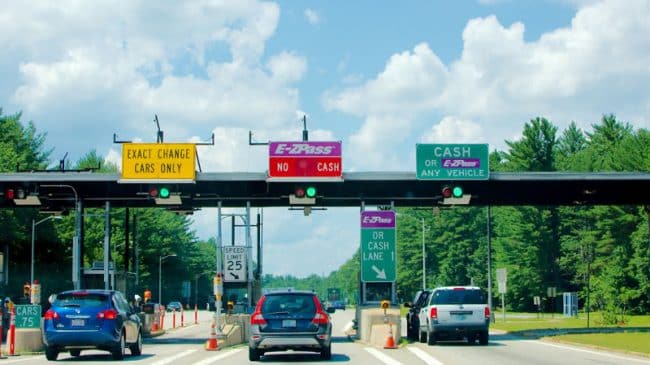Orange County’s 91 Express Lanes, the first variably priced toll lanes in the nation when they opened in 1985, are a major success. Commuters can shave 30 minutes off their commute time by using the Express Lanes, and 90 percent of users say they are satisfied.
The effectiveness of the 91 Express Lanes, which offer a congestion-free ride by charging tolls that rise when there is more traffic congestion, proved that putting toll lanes on Southern California freeways was beneficial and politically feasible.
But, while San Diego is aggressively moving forward with plans to add high-occupancy toll lanes and build HOT lane networks, Orange County is stalling.
Caltrans proposed converting high-occupancy vehicle lanes to HOT lanes on part of I-5 and building new HOT lanes on I-5, I-405, the 73 and part of the 91. The current carpool lanes would become toll lanes, open to any driver willing to pay a fee for access to faster-moving lanes. Yet many local leaders oppose new HOT lanes. Last December, popular opposition became so strong that the Orange County Transportation Authority decided to not add HOT lanes on I-405.
This resistance comes despite the success of Express Lanes and other HOT lane projects in Southern California. When the I-10 and I-110 carpool lanes were converted to HOT lanes in Los Angeles, speeds in the I-110 general lanes remained constant at 48 mph, yet speeds in the HOT lanes increased to 65 miles per hour. HOT lane commuters are saving 15 to 30 minutes per trip.
On San Diego’s 15 Express Lanes, the number of vehicles in toll lanes increased 143 percent while travel times decreased in both the general purpose lanes and the HOT lanes.
So why are some Orange County politicians opposed to toll lanes?
Some claim HOT lanes are “Lexus Lanes” and only for the wealthy. Yet studies of I-10, I-110 and SR 91 show drivers in all income groups use HOT lanes. The five most popular vehicle models in the HOT lanes are the Toyota Camry, Honda Accord, Nissan Altima, Toyota Corolla and Honda Civic.
Other critics claim that highway agencies do not use the toll money on transportation projects. However, the OCTA uses the revenue to maintain the highway and expand the general purpose lanes on the highway. L.A. Metro uses the I-10 and I-110 toll revenues to maintain the highway and provide transit service.
The biggest controversy seems to surround plans to change some carpool lanes to toll lanes. Some leaders view HOV lanes as a success but many Southern California carpool lanes are failing. They have too many cars in them and fail to provide quicker travel times. Under federal law, states may be required to pay back federal funds if traffic does not flow at speeds of at least 45 miles per hour at least 90 percent of the time in the HOV lanes. California cannot afford to pay back these funds. Further, many carpools are “fampools” with a parent transporting kids to school or two people from the same household traveling to work in the same area which does little to reduce congestion.
Imagine if every Southern California freeway had lanes guaranteed to be moving at the speed limit, even during rush hours. This connected network would offer a region-wide, congestion-free alternative to today’s gridlock for emergency vehicles, buses and drivers willing to pay the tolls.
As the region’s population surges in the decades ahead, congestion pricing can continue to offer uncongested travel conditions. In contrast, as many of today’s already overcrowded carpool lanes show, HOV lanes are not a sustainable solution.
The toll lanes also offer a much fairer funding system. If you use the lanes, you pay for them. If you don’t use them, you don’t pay. With governments at all levels struggling to maintain existing infrastructure and find the funding to build new projects, toll lanes provide a sustainable funding model. While nobody likes paying tolls, HOT lanes may be the only realistic way to reduce Southern California’s congestion. Orange County should get back to its roots as an innovator in reducing traffic congestion.
Baruch Feigenbaum is a transportation policy analyst at Reason Foundation. This article originally appeared in the Orange County Register.

